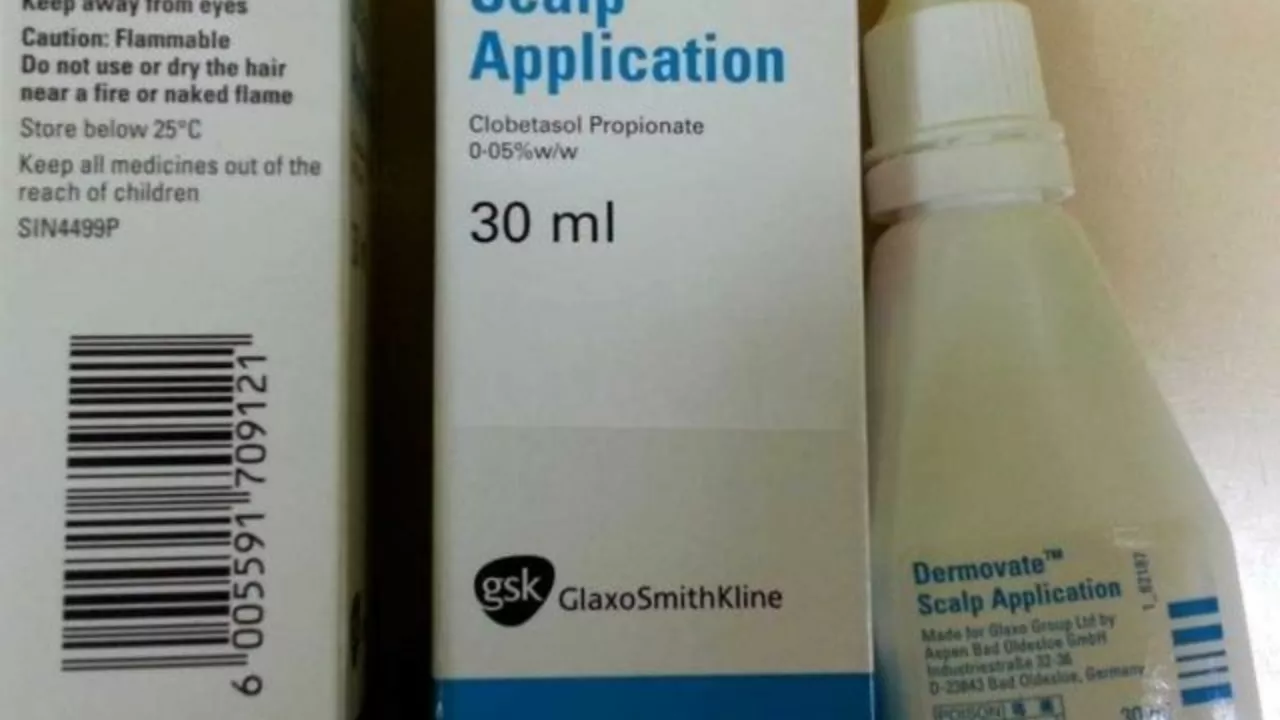SEARCH
Clobetasol: What It Is and How to Use It Right
If you’ve been prescribed a cream called clobetasol, you probably wonder what makes it different from other skin meds. Clobetasol is a high‑strength topical steroid that reduces inflammation, itching, and redness on the skin. Doctors usually reserve it for tough conditions like psoriasis plaques, eczema flare‑ups, or stubborn dermatitis that didn’t respond to milder creams.
The key thing to remember is strength. Clobetasol is one of the most potent steroids you can put on your skin, so using it correctly matters a lot. Overuse can thin the skin, cause stretch marks, or lead to other unwanted effects. Below we break down when to use it, how to apply it safely, and what signs tell you to stop.
When to Reach for Clobetasol
Typical situations include:
- Thick, scaly patches of psoriasis that cover a small area.
- Eczema that won’t calm down with low‑dose steroids.
- Contact dermatitis from an irritant that’s still red and itchy after a few days.
If your doctor gave you clobetasol, they likely judged that weaker options weren’t enough. Follow their instructions about how long to use it—most courses last 2‑4 weeks, not months.
How to Apply Properly
First, wash your hands and the affected skin with mild soap, then pat dry. Squeeze a thin layer of cream or ointment onto the spot; you don’t need a thick coat. Gently rub it in until it disappears—scratching or rubbing hard can irritate the area more.
Use only the amount your doctor recommends. For most adults, that’s about a fingertip‑unit (the length of your thumb from nail to first knuckle) for an area roughly the size of two adult palms. If you’re treating multiple patches, apply a small dab to each one rather than spreading a large lump over everything.
After applying, wash your hands again unless you’re treating your own hands. This prevents accidental spread to eyes or other sensitive spots.
Don’t cover the treated area with airtight bandages unless your doctor tells you to. Occlusion can boost absorption and raise the risk of side effects like skin thinning.
Keep track of how many days you’ve used it. If you reach the prescribed limit and still see improvement, talk to your provider before extending use. Sometimes they’ll suggest a taper—using the cream every other day for a week—to avoid rebound flare‑ups.
Possible Side Effects to Watch
Because clobetasol is strong, it can cause local side effects:
- Skin thinning or easy bruising at the site.
- Stretch marks (especially on thin skin).
- Temporary discoloration or a burning sensation.
Rarely, systemic absorption can happen if you use it over large areas, under tight dressings, or for long periods. Signs of systemic effects include unexplained weight gain, facial swelling, or high blood pressure. If any of these appear, stop the cream and call your doctor right away.
Also avoid using clobetasol on broken skin, open wounds, or near the eyes unless directed. Those spots absorb more drug and increase risk of irritation.
Tips for Success
Pair the steroid with good skin care: moisturize after the cream dries, use gentle cleansers, and steer clear of harsh soaps. This helps lock in moisture and may let you need a lower steroid dose later.
If you miss a dose, apply it as soon as you remember—unless it’s almost time for the next one. Then just skip the missed one; don’t double up.
Finally, keep your prescription bottle handy and note the expiration date. Using old cream can reduce effectiveness or cause irritation.
Clobetasol works fast when you follow these steps, but respect its strength. Proper use clears stubborn skin problems while keeping side effects at bay. Got more questions? Your pharmacist or doctor is the best source for personalized advice.

Clobetasol and Skin Cancer: What You Need to Know
In my latest blog post, I delve into the relationship between Clobetasol, a common topical steroid, and skin cancer. This steroid is often prescribed for various skin conditions but could potentially increase the risk of skin cancer with prolonged use. It's crucial to understand the balance between treatment benefits and potential risks. Always consult with your doctor for tailored advice and never overuse medications. Stay tuned to learn more about this significant health topic.
Continue reading